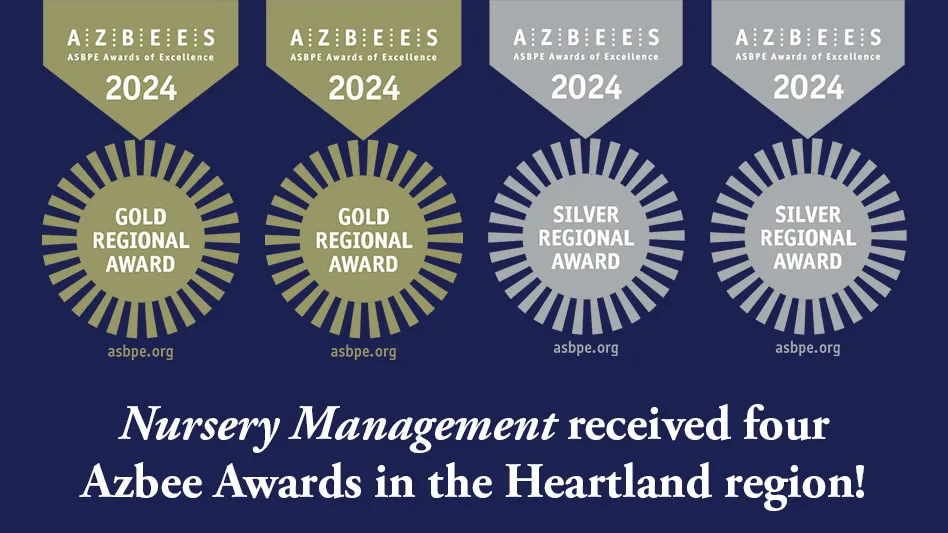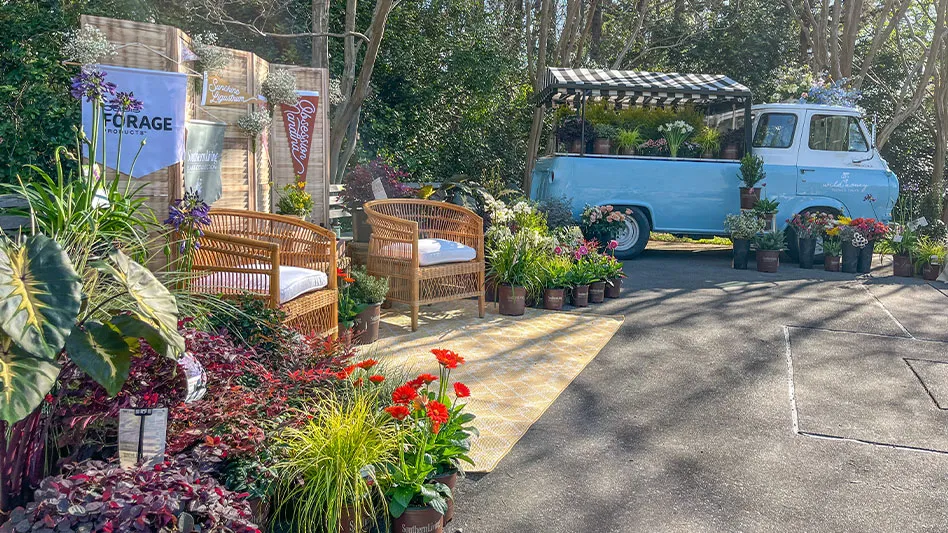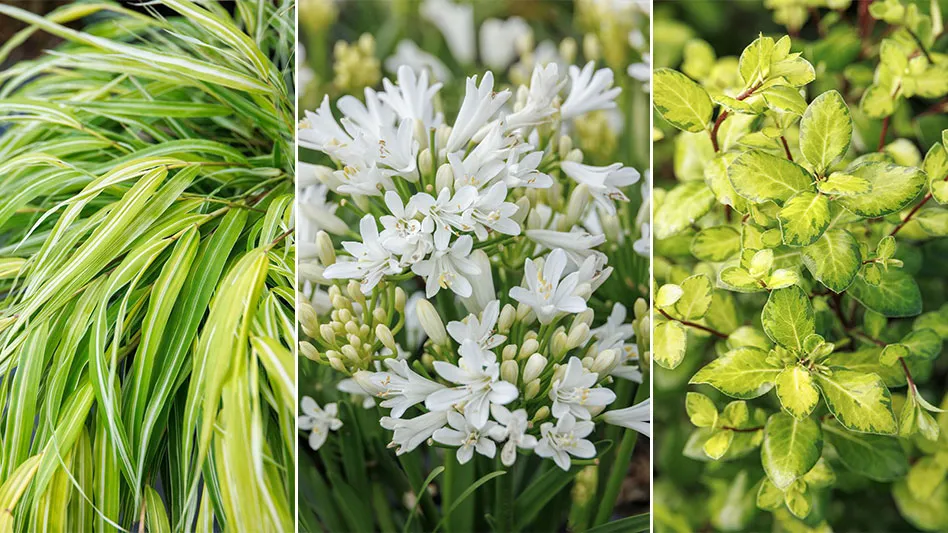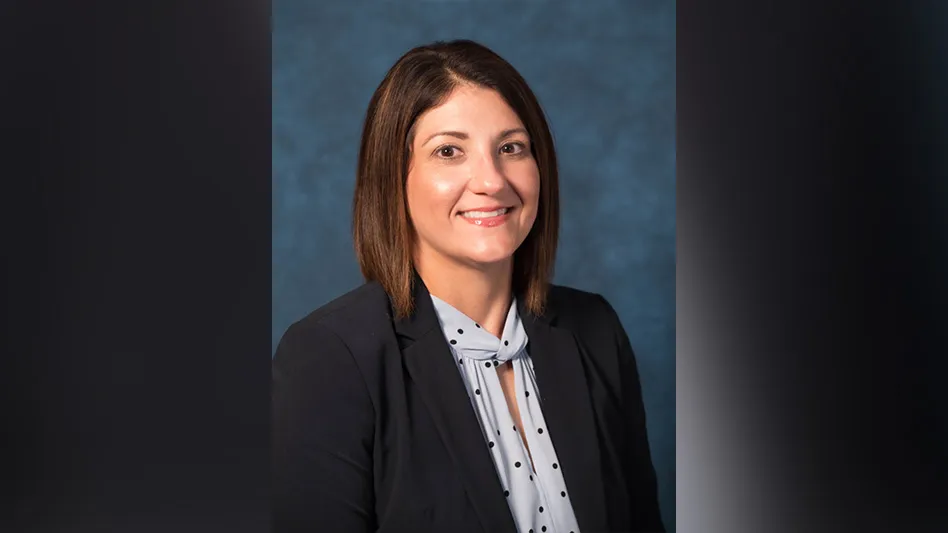
Many nurseries are familiar with the concept of IPM, an integrated pest management program. But not all growers use the complete four-part program: biological control, cultural control, mechanical control and chemical control.
“If you do any one of these by themselves, they could be somewhat effective,” says Rodney Morrow, regional sales manager for Central Life Sciences’ specialty products division. “But when you use all four portions of these different control mechanisms, then you really control the base population.”
Biological control involves integrating beneficial insects. Cultural control is where daily habits are established and best sanitation practices are implemented around the facility. Mechanical control includes scouting and trapping. And chemical control is the use of conventional insecticides to kill adult forms of the problem pests.
The part of the IPM program growers are more likely to be unfamiliar with is the insect growth regulator, or IGR. IGRs disrupt the developmental phases of problem pests and their replacement population. It plays an integral part in the system, Morrow says.
“The IGR is one piece of the puzzle to break the entire life cycle of the insect,” he says. “People are typically used to just spraying adulticides. When they see pests, they go in and spray them. But by bringing IGRs into the mix, you’re eliminating the larvae and pupae and breaking the whole developmental life cycle of that insect, so you have much better control and you don’t have to use as many chemicals.”
Growers often opt for lower-cost insecticides for high-volume application. However, they run into a problem because insecticides in that category often use very common active ingredients. Repeat use of chemicals with the same active ingredient leads to resistance, lowering the effectiveness of those chemicals.
Morrow suggests tank-mixing Enstar® AQ, Central Life Sciences’ IGR with Mavrik Aquaflow®, the company’s insecticide/miticide.
“They’re both water-based so you won’t see the phytotoxicity that you would see with a lot of common products out there,” he says.
Mavrik Aquaflow® takes care of the adults and Enstar® AQ mimics a natural juvenile growth hormone. As long as it is present, the insect’s development will halt. It will not change from one instar to the next.
Enstar® AQ features broad-spectrum, long-residual control of whiteflies, thrips, aphids, soft-bodied and armored scales, mealybugs, leaf miners, glassy-winged sharpshooters and fungus gnats.
Fire ant control
Southern nurseries that ship containers across state lines need to be sure their facilities are clear of fire ants. Shipments need to be free of these invasive attackers before receiving an all-clear at agricultural inspection stations.
Extinguish® Plus fire ant bait can help protect nurseries against fire ants. Extinguish® Plus combines the killing speed of an adulticide and the long-lasting control of an insect growth regulator.
“Nobody else in the industry approaches fire ants like that,” Morrow says.
With its two-way action, Extinguish® Plus fire ant bait is economical to use with a great price per acre and meets the USDA fire ant quarantine requirement.
As a bait, the ants will pick it up and take it back to the colony. They’ll spread the bait around the colony and the ants will eat it. The adulticide kills the foraging ants thereby reducing the issue of active fire ants. And the insect growth regulator will sterilize the queens, causing them to not produce any eggs.
For more: www.centralgrower.com

Explore the April 2022 Issue
Check out more from this issue and find you next story to read.
Latest from Nursery Management
- Proven Winners introduces more than 100 new varieties for 2025
- CIOPORA appoints Micaela Filippo as vice secretary-general
- Registration opens for Darwin Perennials Day
- April 2024 issue recap
- U.S. Department of Labor finalizes farmworker protection rule
- Azo Root is now available from Harrell’s
- Smith Gardens assumes operations of Skagit Horticulture
- Garden Media Group announces the fifth annual Women in Horticulture Week





